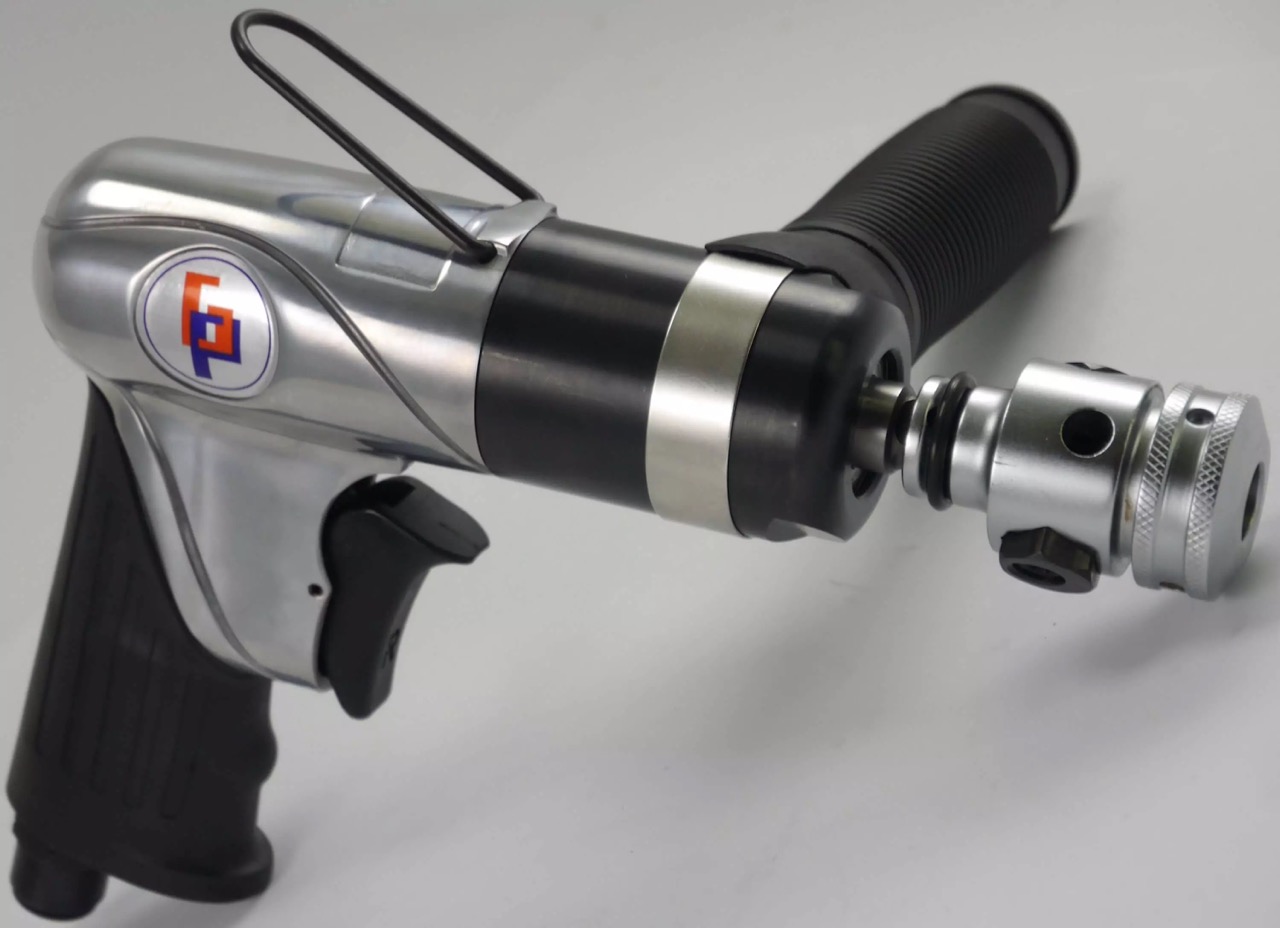

Articles
Why Are Air Tools Better Than Hand Tools
Modified: December 7, 2023
Discover the advantages of using air tools over hand tools with our informative articles. Improve your efficiency and productivity with air-powered tools.
(Many of the links in this article redirect to a specific reviewed product. Your purchase of these products through affiliate links helps to generate commission for Storables.com, at no extra cost. Learn more)
Introduction
When it comes to tackling projects, whether at home or in a professional setting, having the right tools is crucial. Traditionally, hand tools have been the go-to option for many tasks. However, in recent years, air tools have gained popularity and have become a preferred choice for professionals and DIY enthusiasts alike. In this article, we will explore why air tools are better than hand tools, taking into account factors such as efficiency, power, versatility, precision, safety, durability, and cost-effectiveness.
Air tools, also known as pneumatic tools, are powered by compressed air, whereas hand tools rely on manual force and physical exertion. This fundamental difference provides a range of advantages that make air tools superior in various applications. Let’s delve into the reasons why you should consider using air tools for your projects
Key Takeaways:
- Air tools outperform hand tools in efficiency, power, versatility, precision, safety, durability, and cost-effectiveness. Their consistent power and controlled force make them a superior choice for professionals and DIY enthusiasts alike.
- Air tools offer a safer, more durable, and cost-effective solution compared to hand tools. Their ability to deliver precise and powerful performance, along with reduced maintenance costs, makes them a smart investment for long-term value.
Efficiency
One of the key advantages of air tools over hand tools is their efficiency. Air tools are designed to deliver consistent power, allowing for faster and more efficient completion of tasks. The compressed air used to power these tools creates a strong and constant force that enables them to work quickly and with precision.
Unlike hand tools that rely solely on the user’s physical strength, air tools harness the power of compressed air to deliver a higher level of productivity. Whether you’re using an air-powered impact wrench to remove stubborn bolts or a pneumatic nail gun to quickly and effortlessly drive nails, the efficiency of air tools can significantly speed up your work.
Additionally, air tools provide a consistent level of power throughout their operation, ensuring uniformity and accuracy in your projects. This makes them ideal for tasks that require consistent results, such as sanding, polishing, or painting. The ability to work efficiently not only saves time but also reduces fatigue and strain on the user, making air tools a more comfortable choice for long hours of work.
Power
When it comes to power, air tools reign supreme. Compressed air provides a significant amount of force that surpasses what can be achieved with manual labor alone. This increased power allows air tools to tackle even the toughest and most demanding tasks with ease.
For example, an air-powered impact wrench can exert much higher torque than a traditional hand wrench, making it ideal for loosening or tightening stubborn nuts and bolts. Similarly, an air-powered grinder can effortlessly cut through hard materials like metal or concrete, providing a level of power that is difficult to achieve with a hand-held tool.
Moreover, the power of air tools is not only limited to heavy-duty tasks. Even for smaller projects, such as inflating tires or spraying paint, air tools offer a superior level of power and efficiency. This ensures that you can complete your work more quickly and effectively without compromising on the quality of the results.
It’s worth noting that the power of air tools can be adjusted to suit different tasks. By regulating the pressure of the compressed air, you can control the strength and speed of the tool, giving you greater flexibility and precision in your work. This ability to fine-tune the power output makes air tools a versatile option for a wide range of applications.
Versatility
Air tools offer exceptional versatility, making them suitable for a wide variety of tasks. Whether you’re working in construction, automotive repair, woodworking, or any other industry, there is an air tool available to meet your needs.
One of the primary reasons for the versatility of air tools is their compatibility with a wide range of attachments and accessories. From sanders and grinders to drills and paint sprayers, there is an extensive selection of attachments that can be connected to air tools, allowing you to tackle different projects with ease.
Additionally, air tools come in various shapes and sizes to accommodate different applications. Whether you need a compact air screwdriver for precision work or a heavy-duty impact wrench for automotive repairs, there is an air tool designed specifically for the task at hand.
Furthermore, the versatility of air tools extends beyond their compatibility with various attachments. Compressed air can be controlled and directed with precision, providing the ability to perform delicate tasks with accuracy. This makes air tools well-suited for tasks that require intricate detailing or precise maneuvering.
In comparison, hand tools often have limited functionality and are designed for specific purposes. While they may excel in their intended functions, they typically lack the versatility and adaptability of air tools. This makes air tools a more versatile option for those who want the flexibility to handle a wide range of projects.
Precision
When it comes to precision, air tools have a clear advantage over hand tools. The precise control of compressed air allows for accurate and controlled movements, making air tools ideal for tasks that require finesse and attention to detail.
With air tools, you can achieve consistent and precise results, whether you’re drilling holes, sanding surfaces, or applying finishes. The regulated air pressure allows for smoother and more controlled movements, minimizing the risk of errors or damage to the workpiece.
For example, air-powered sanders provide a smooth and even sanding action, ensuring a uniform finish on surfaces. The controlled airflow allows you to adjust the speed and pressure of the sander, enabling you to achieve the desired level of precision in your work.
In addition, air-powered paint sprayers offer greater precision and control when applying finishes and coatings. The even distribution of compressed air ensures a smooth and consistent flow of paint, resulting in a professional-looking finish with minimal overspray or drip marks.
When compared to hand tools, which rely solely on manual force and dexterity, air tools provide a higher level of precision and accuracy. This not only enhances the overall quality of your work but also reduces the likelihood of mistakes or rework.
Whether you’re a professional craftsman or a DIY enthusiast, the precision offered by air tools can make a noticeable difference in your projects. From small, intricate tasks to larger, more complex projects, air tools allow you to achieve precise and professional results with ease.
When using air tools, make sure to regularly check and maintain the air compressor to ensure optimal performance and longevity of the tools.
Read more: Why Is Grass Better Than Turf
Safety
When it comes to safety, air tools have several advantages over hand tools. The use of compressed air as the power source eliminates the need for direct physical contact with the tool, reducing the risk of injuries that can occur when using hand tools.
One of the primary safety benefits of air tools is the absence of kickback. Kickback occurs when a tool suddenly jerks back due to an external force or resistance. With hand tools, such as power saws or drills, kickback can be a significant safety hazard, especially if the user is not properly trained or fails to maintain a firm grip on the tool.
With air tools, the risk of kickback is greatly reduced since the power is generated by compressed air rather than the physical force applied by the user. This makes air tools safer to use, particularly in tasks that involve cutting, drilling, or grinding.
Moreover, air tools often feature built-in safety mechanisms and controls. For instance, many air-powered nail guns have a safety trigger that prevents accidental firing, reducing the risk of injury. Additionally, air tools often have better ergonomics and grip designs, enhancing user comfort and reducing the strain on muscles and joints during prolonged use.
Furthermore, the use of compressed air eliminates the risk of electric shock or electrocution that can occur when working with electric-powered hand tools. This makes air tools a safer option for projects in wet or damp environments, such as plumbing or outdoor construction.
Overall, the safety advantages offered by air tools make them a preferred choice for those who prioritize workplace safety. While proper safety precautions should always be followed regardless of the tool being used, the design and features of air tools contribute to a safer working environment.
Durability
When it comes to durability, air tools are known for their robust construction and longevity. The materials used in manufacturing these tools are designed to withstand demanding tasks and provide long-lasting performance.
Air tools are often made from high-quality materials such as aluminum, steel, and hardened plastics, which are known for their durability and resistance to wear and tear. These materials ensure that air tools can withstand heavy use in rugged environments without compromising their performance or structural integrity.
In addition, air tools are less prone to overheating compared to their electric counterparts. The absence of electrical components within air tools reduces the risk of electrical failures or malfunctions due to heat buildup. This inherent durability of air tools allows them to operate continuously and reliably, even under challenging conditions.
Furthermore, the internal components of air tools, such as air motors and valves, are designed to handle high-pressure air and repetitive usage. This ensures that the tool can withstand the force and strain associated with various tasks, providing consistent performance and durability over time.
Unlike hand tools that may require constant maintenance and replacement of parts, air tools generally have fewer moving parts and require less maintenance. This not only saves time and effort but also reduces the overall cost of ownership.
Overall, the durability of air tools makes them a sound investment for both professionals and DIY enthusiasts. With proper care and maintenance, air tools can provide years of reliable performance, making them a cost-effective choice in the long run.
Cost-effectiveness
In addition to their many advantages, air tools are also known for their cost-effectiveness. While the initial upfront cost of air tools may be higher compared to some hand tools, their long-term value and benefits outweigh the initial investment.
One of the primary cost-saving advantages of air tools is their durability, as mentioned earlier. The robust construction and high-quality materials used in manufacturing air tools ensure that they have a longer lifespan compared to many hand tools. This means that you won’t have to replace or repair them as frequently, saving you money in the long run.
Moreover, air tools are generally more efficient in terms of energy consumption. With compressed air as the power source, they don’t require electricity to operate, resulting in lower energy costs. This can be particularly beneficial when working on long-term projects or in environments where electricity availability is limited.
Furthermore, the versatility of air tools allows for multitasking and increased productivity. With one air compressor, you can power multiple tools by simply switching out the attachments. This eliminates the need for purchasing and maintaining separate tools for different tasks, ultimately saving you money.
Another factor contributing to the cost-effectiveness of air tools is their lower maintenance requirements. Hand tools often require regular maintenance and sharpening of blades, replacing worn-out parts, and lubrication. On the other hand, air tools have fewer moving parts and are less prone to damage or wear, reducing the need for regular maintenance and replacement costs.
Lastly, the faster and more efficient performance of air tools can result in significant time savings. The ability to complete tasks quickly and with precision means that you can take on more projects or increase your productivity, potentially leading to higher profits or savings in labor costs.
Overall, air tools offer a cost-effective solution for professionals and DIY enthusiasts alike. While the initial investment may be higher compared to hand tools, the long-term benefits, energy efficiency, versatility, durability, and reduced maintenance costs make air tools a smart financial choice.
Conclusion
When it comes to choosing between air tools and hand tools, it’s clear that air tools have numerous advantages that make them the preferred option for many professionals and DIY enthusiasts.
From their efficiency and power to their versatility and precision, air tools offer a range of benefits that enhance productivity and deliver superior results. The constant and controlled power provided by compressed air ensures consistent performance, allowing for faster and more efficient completion of tasks.
In terms of safety, air tools minimize the risk of injuries due to kickback or electric shock, providing a safer working environment. Additionally, the durability and cost-effectiveness of air tools make them a sound investment, offering long-term value and reducing maintenance and replacement costs.
While hand tools may still have their place in certain situations, air tools offer unmatched power, precision, and versatility that can significantly improve the quality and efficiency of your projects.
Whether you’re a professional tradesperson looking to boost productivity or a passionate DIY enthusiast aiming for professional-level results, consider investing in air tools. With their superior performance, durability, and cost-effectiveness, air tools are the go-to choice for those seeking a more efficient and effective way to tackle tasks and accomplish their project goals.
Frequently Asked Questions about Why Are Air Tools Better Than Hand Tools
Was this page helpful?
At Storables.com, we guarantee accurate and reliable information. Our content, validated by Expert Board Contributors, is crafted following stringent Editorial Policies. We're committed to providing you with well-researched, expert-backed insights for all your informational needs.






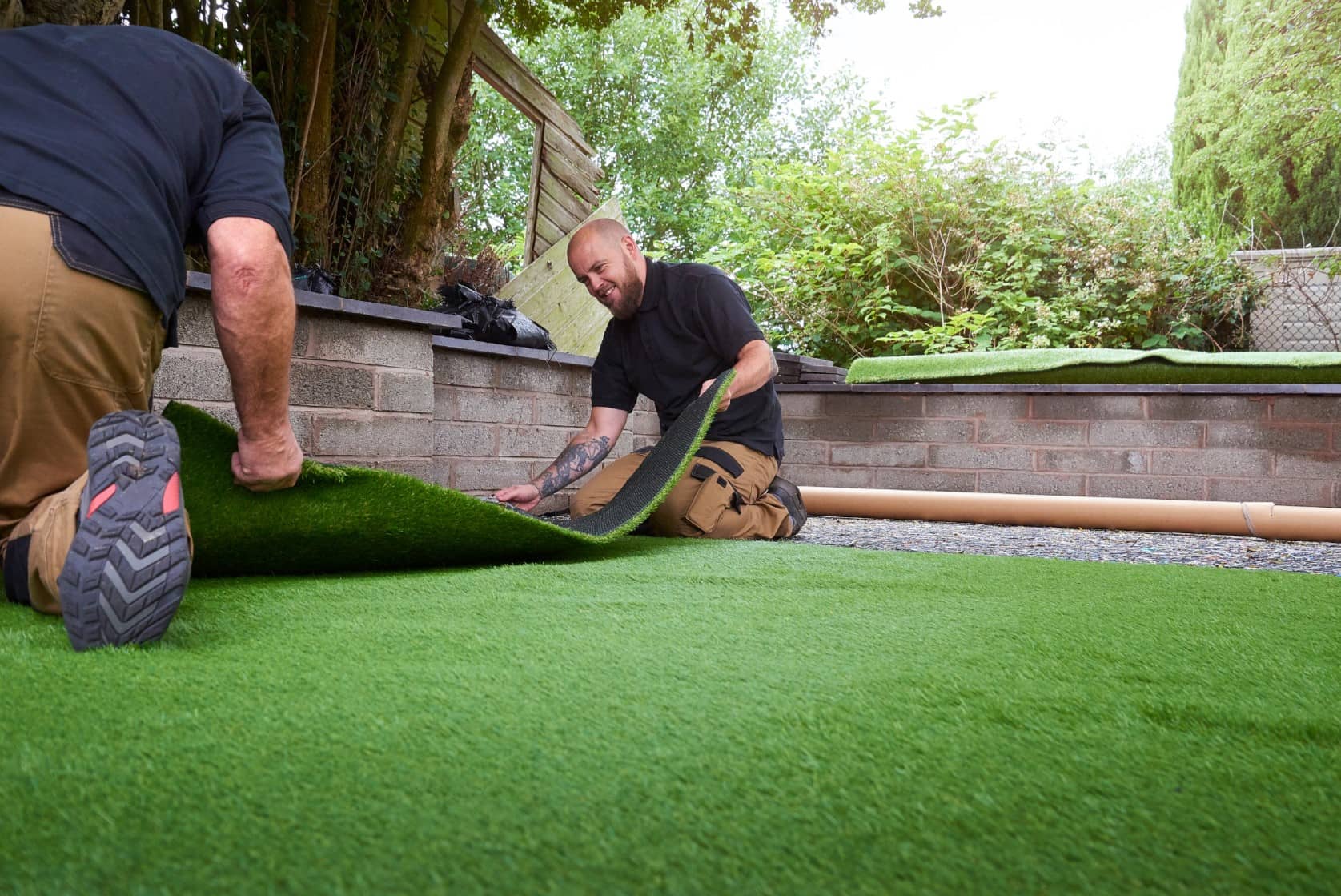
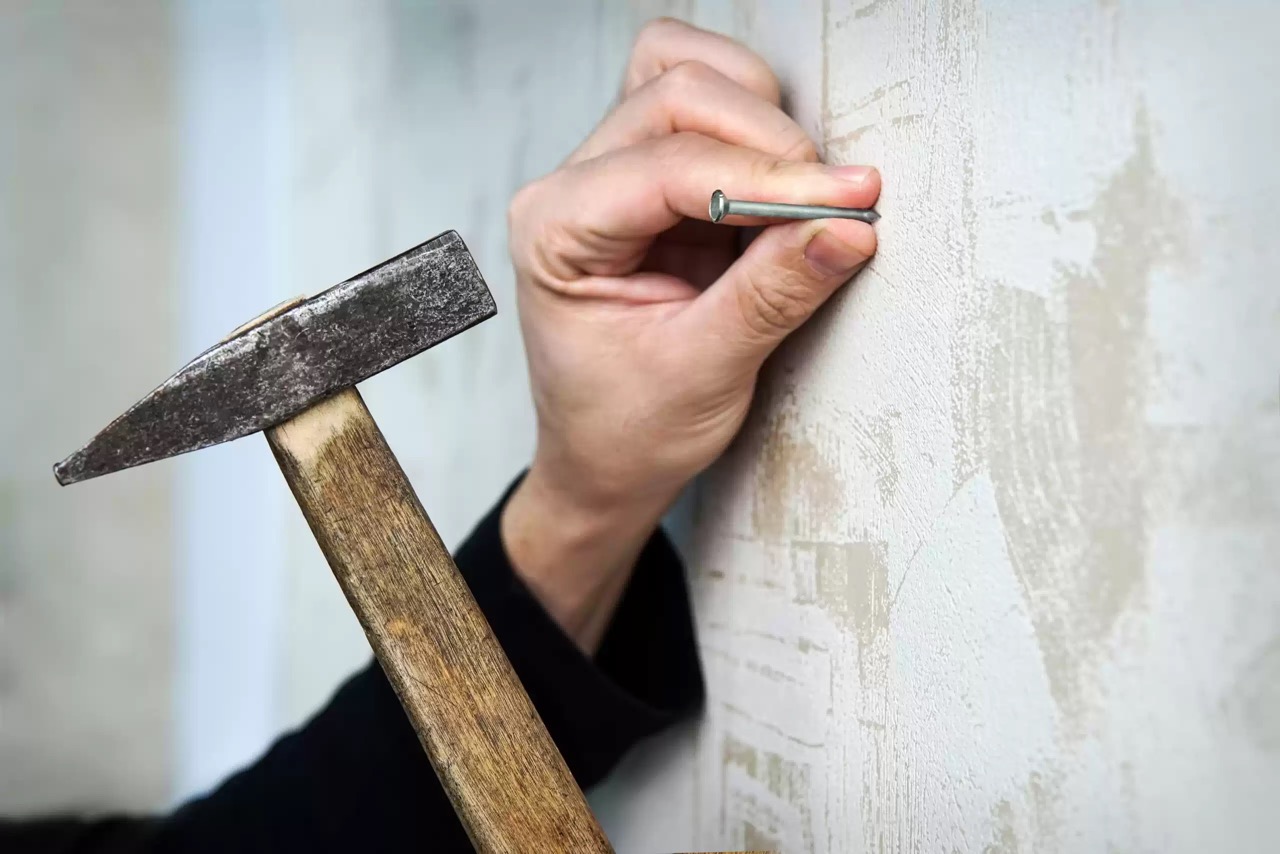



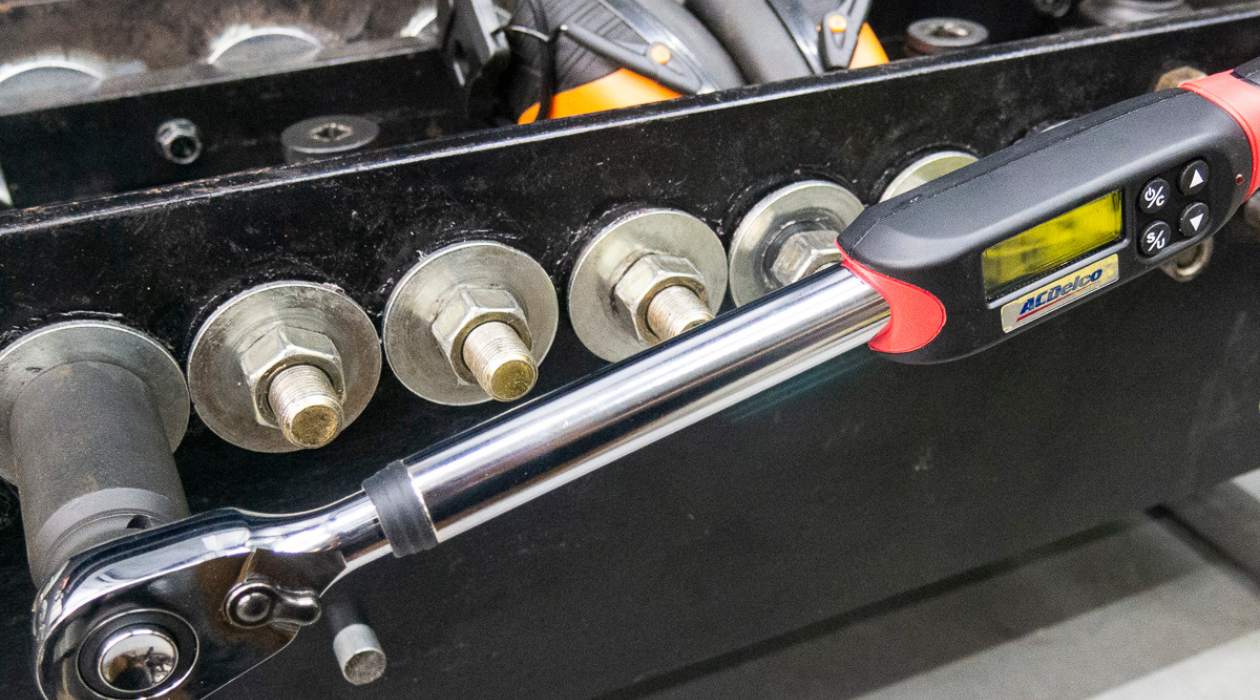
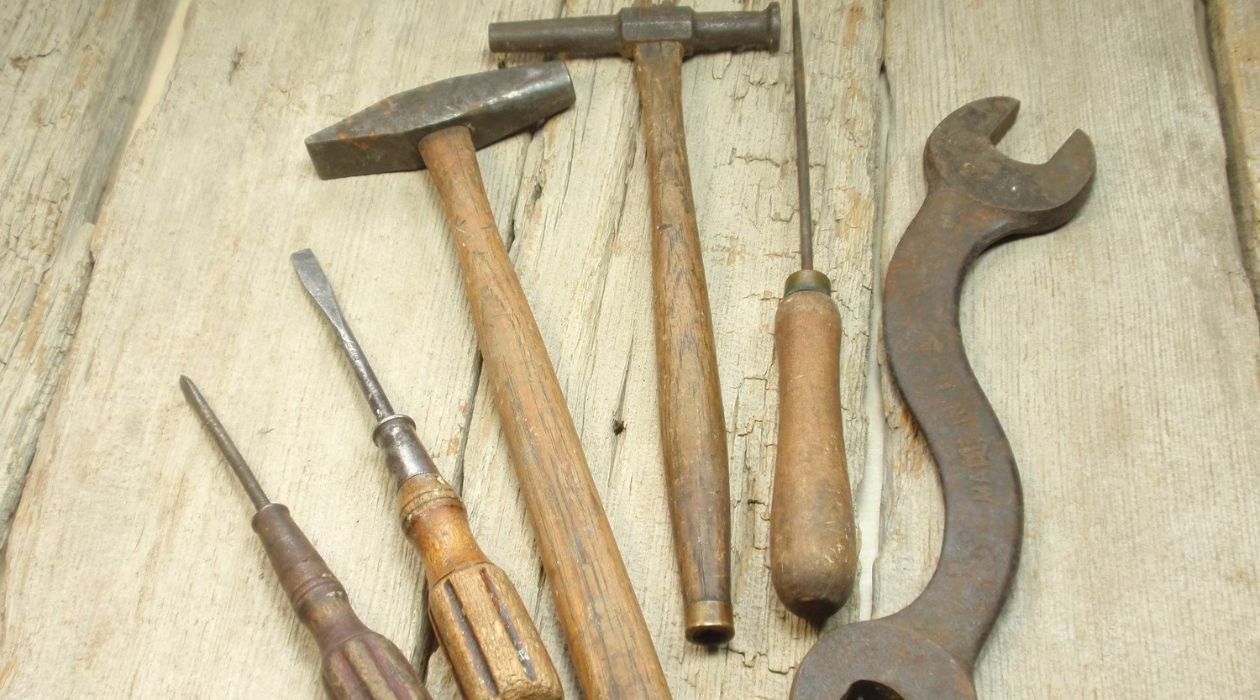


0 thoughts on “Why Are Air Tools Better Than Hand Tools”